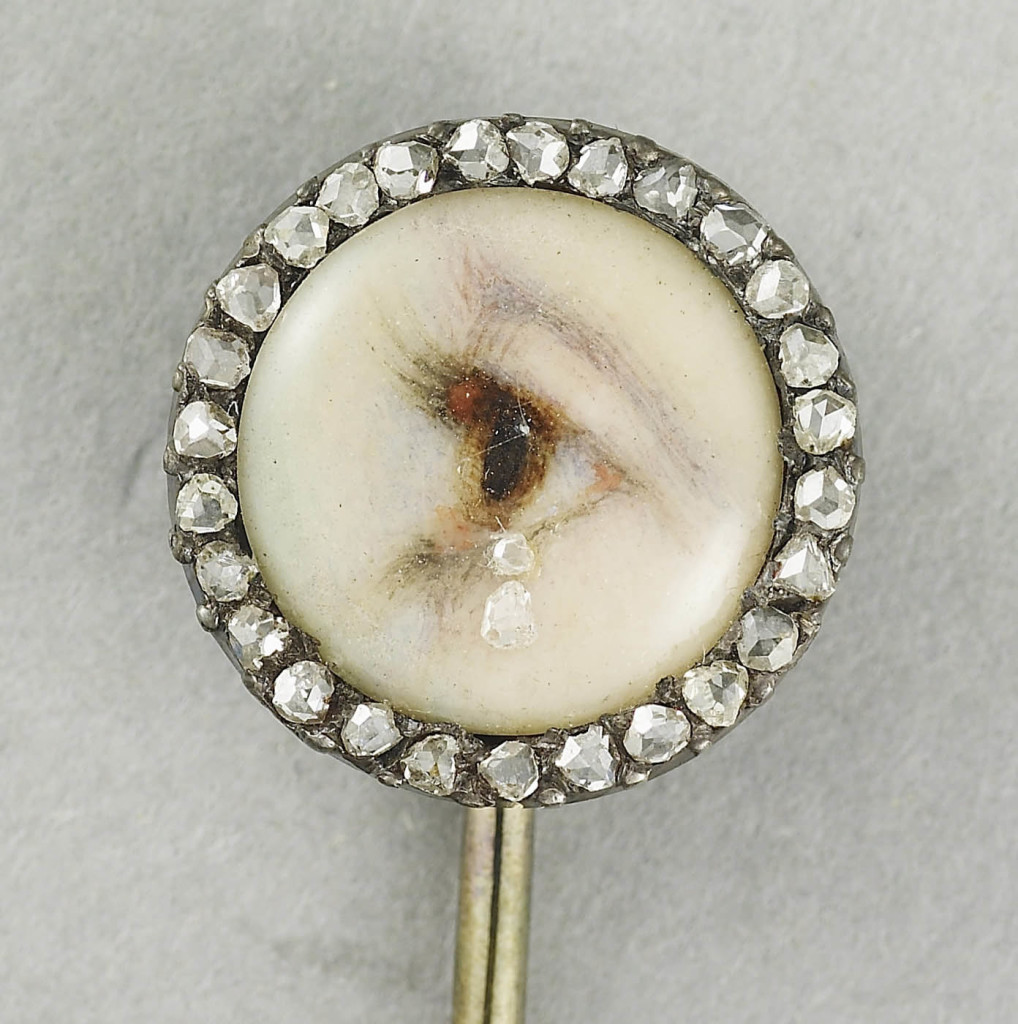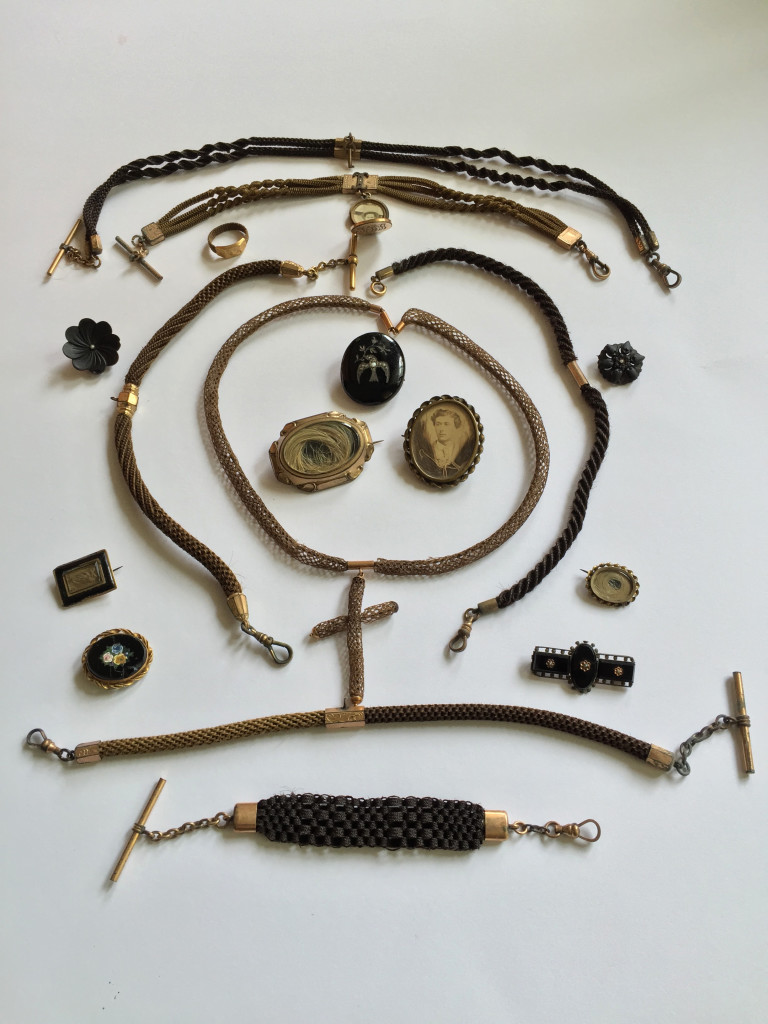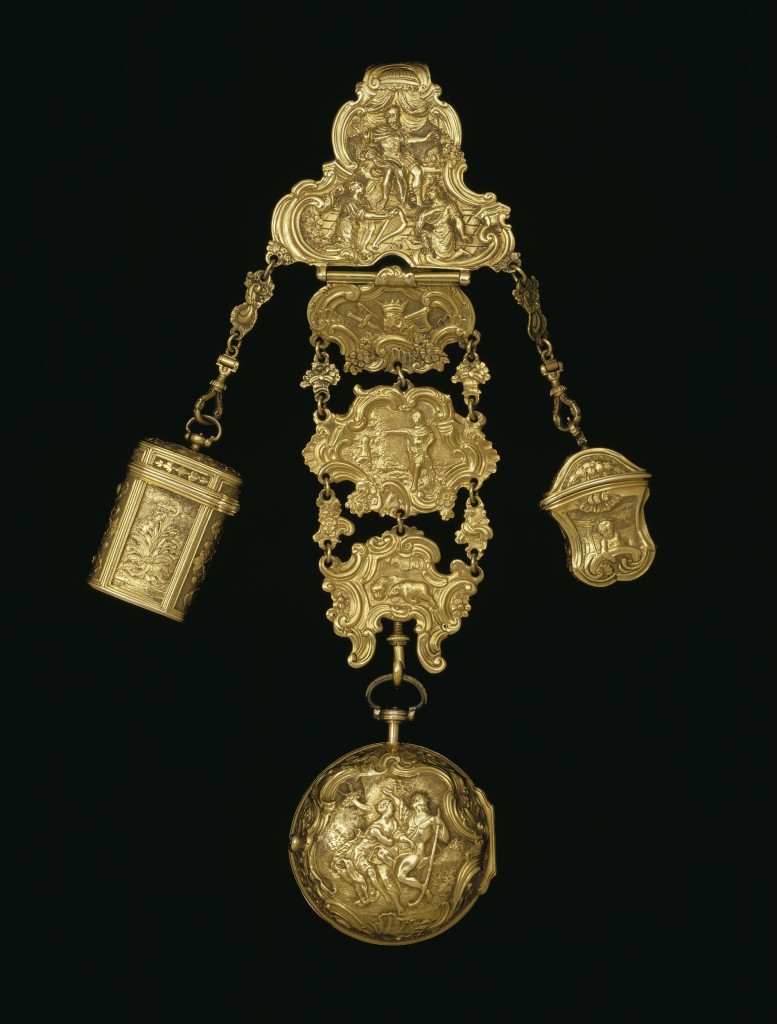Skull Walking Stick
The skull was (and still is) used as a symbol for Fraternal Orders, as discussed quite extensively in this revealing article:
This is why it’s difficult to immediately jump to the conclusion of the skull as a direct Memento Mori motif or one used singularly for mortality. With pieces like this, however, where the skull is crated in a very naive manner, one must consider why the piece was made. Simple designs and detailed moulds were achievable in a mass-production environment, which by the latter 19th century, was very true. Hence, when something like this comes along and the details are noticeably simple, the relation of the piece to the person who commissioned it could be considered relatively close. The same goes for most folk-art produced, samplers are indeed a great personal representation of love, grief and even personal development, yet when a metal or a material that would take a craft of skill to develop, then the reasons for why the jewel or accessory was produced offer even more interest.
As outlined by DeLorme, the late Victorian era saw a revival of symbolism not commonly used since the popularity of memento mori. A revival of the medieval ars moriendi (art of dying) produced gentlemen’s accessories with skull and crossbones motifs, such as the above walking stick. This can also be found in vesta cases, watch fobs, snuff boxes and stick pins. This was a concept of its time and not an evolution of the form, hence its detail was not carried through to the mainstream jewellery or beyond the period it existed.
Mourning snuffboxes were also popular memorial accessories. The tabatiére de deuil (mourning box) was used for the loss of a loved one. The grand pleureuse (“lots of crying”) snuffbox was common for first stage mourning, or intense mourning. For distant mourning (extended family and friends), the snuffbox used was the demi-pleureuse (“half crying”).







